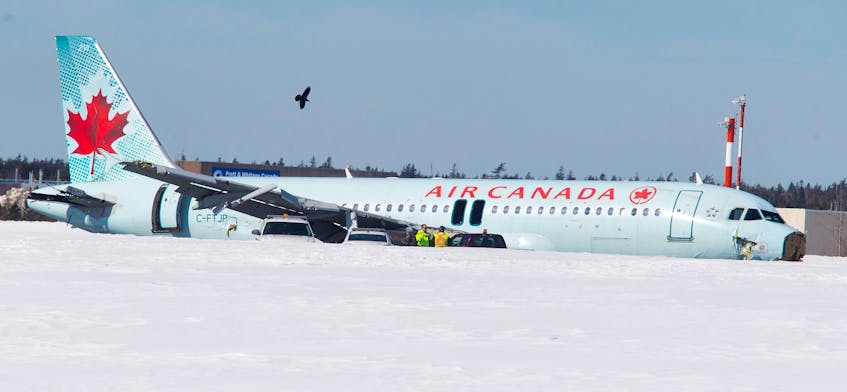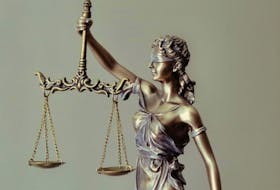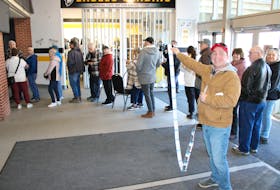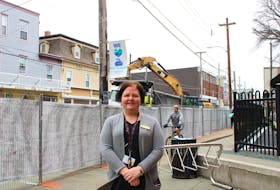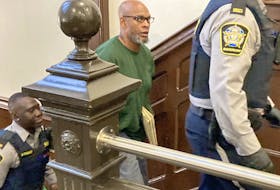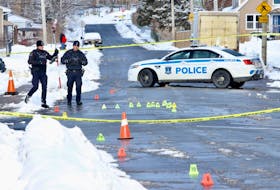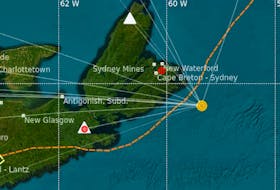A Nova Scotia Supreme Court judge has ordered the Transportation Safety Board of Canada to release the cockpit voice recording from a 2015 crash of an Air Canada flight at the Halifax airport.
“In the circumstances of this case, the public interest in the administration of justice outweighs the importance attached to the statutory privilege protecting the cockpit voice recorder,” Justice Patrick Duncan concluded in a written decision released recently.
The decision will make the cockpit voice recorder (CVR) audio available in the class proceeding against defendants Air Canada, Airbus SAS, manufacturer of the aircraft that crashed with 133 passengers and five crew aboard, Halifax International Airport Authority and others. The class proceeding alleges negligence causing injury and seeks compensation for those injuries.
Twenty-five people sustained injuries and were taken to hospital in the aftermath of the crash that occurred at 12:30 a.m., on the morning of March 29, 2015.
Airbus SAS, joined by the airport authority and Nav Canada, moved for an order to require TSB to hand over the cockpit voice recording but TSB, claiming a statutory privilege over the materials, asked the court to deny the order.
The Canadian Transportation Accident Investigation and Safety Board Act states that “every on-board recording is privileged,” but Duncan wrote that the qualifying language in the Act says TSB can’t communicate any of the cockpit recordings that are unrelated to the causes or contributing factors of the crash.
“The necessary implication is that the TSB can, subject to statute, communicate contents that are related to the causes or the identification of safety deficiencies.”
The TSB summary of the crash, published in 2017, states Air Canada Airbus A320-211 “severed power lines, then struck the snow-covered ground about 740 feet before the runway threshold,” while conducting a non-precision approach to Halifax Stanfield International Airport on a flight that originated in Toronto.
“The aircraft continued airborne through the localizer antenna array, then struck the ground twice more before sliding along the runway,” the TSB summary stated. “It came to rest on the left side of the runway, about 1,900 feet beyond the threshold. … The aircraft was destroyed. There was no post-impact fire. The emergency locator transmitter was not activated.”
The board concluded in its findings that the flight crew did not monitor the altitude and distance from the threshold, nor did they make any adjustment to the flight path angle once the angle was selected and the plane began to descend.
Duncan said it is evident that information taken from the flying officers’ recorded cockpit conversation concerning weather, pilot calculations and angle of descent was used to formulate TSB’s analysis and conclusions.
“The TSB report and the CVR makes it clear that the cockpit audio recording contains relevant and material information to the issues in this litigation,” Duncan wrote.
Duncan said TSB submitted that its investigative work undertaken on the public’s behalf has a “hierarchy of protections,” that safeguard its ability to work independently and to obtain the best information possible.
A former chairman of the U.S. transportation safety board and an independent aviation accident investigator countered that release of the cockpit recordings can only assist the public’s and the industry’s understanding of an aircraft accident, improving aviation safety for all, Duncan wrote. The audio recording has “important evidentiary value and is necessary,” he concluded.
“The flight crew’s discovery evidence showed gaps in their ability to provide relevant and material facts about their conduct at material times in the flight,” Duncan wrote. “This information is important to having a complete understanding of the crew’s awareness and response to factors that were significant to the decision to land the aircraft in the conditions existing at the time.”
Duncan said the TSB is required to produce a copy of the CVR and transcript to counsel for use only in the current class litigation.
RELATED

